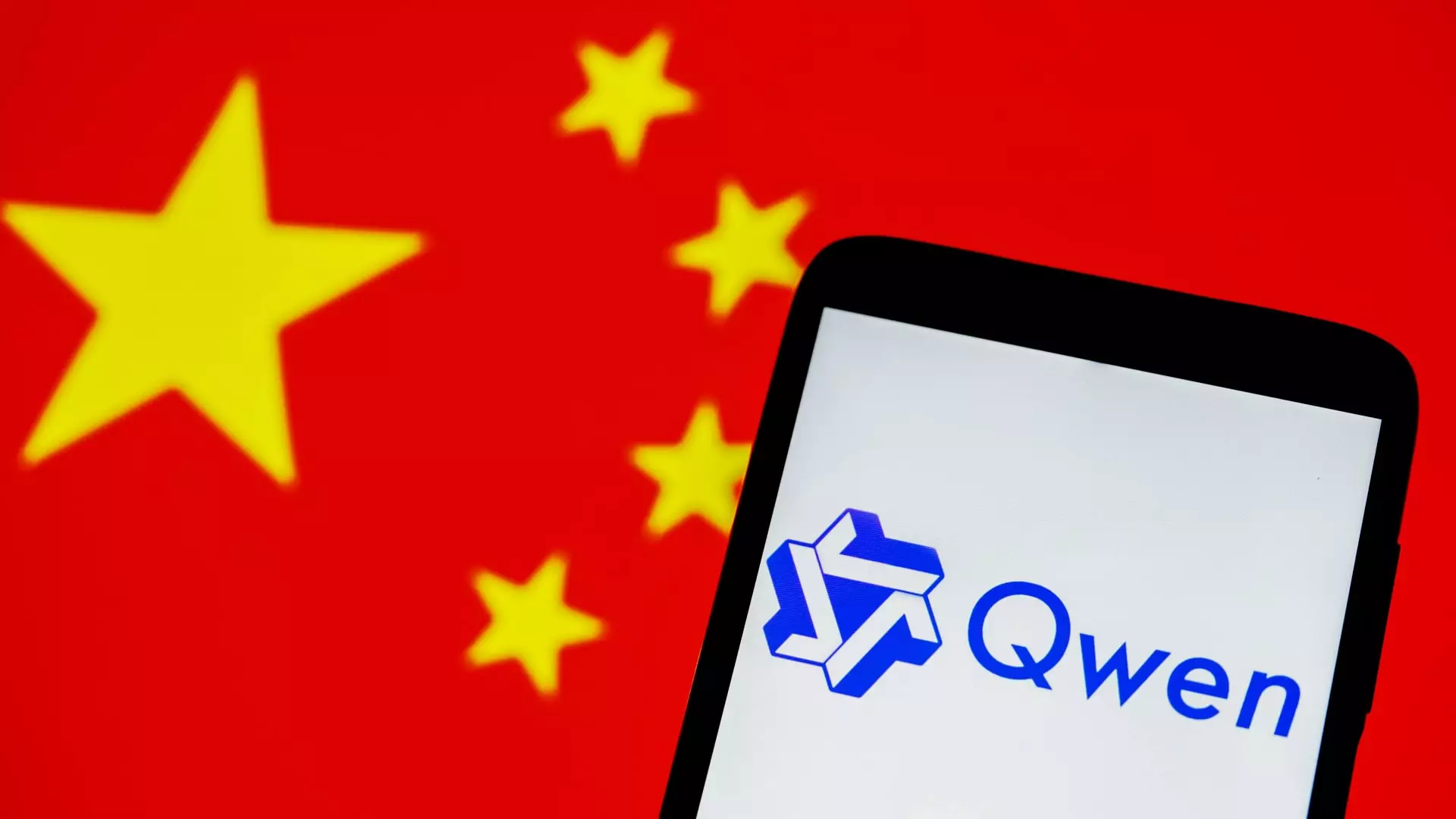In a momentous announcement, Alibaba has unveiled the latest iteration of its open-source large language models (LLMs), Qwen3, amidst a growing competition in China’s artificial intelligence landscape. This release represents not only a technological leap for Alibaba but also a significant shift in the global AI market that showcases the capabilities of Chinese innovation. With the new Qwen3 models offering enhanced capabilities in reasoning, instruction adherence, and multilingual processing, this release underscores Alibaba’s ambition to compete with industry leaders both within China and globally, distinguishing itself in an increasingly crowded field.
Unpacking the Innovations of Qwen3
The Qwen3 series stands out due to its unique architecture, which consists of eight different variations. This diversity allows developers to select models tailored specifically to their applications, which is particularly advantageous for AI deployments on edge devices like smartphones. One of the model’s most compelling features is its classification as a “hybrid reasoning model.” This denotes an advancement in the traditional LLM capabilities, permitting the model to adapt dynamically between complex tasks, such as programming, and simpler queries that require rapid responses. Such a versatile approach not only enhances efficiency but could also significantly reduce the time and resources required for complex problem-solving in various applications.
In particular, the Qwen3-235B-A22B MoE model is notable for its drastically reduced deployment costs compared to its contemporaries in the market, which speaks directly to Alibaba’s commitment to democratizing access to high-performance AI technologies. Furthermore, with its open-source availability on platforms like Hugging Face and GitHub, this model is not just a product—it’s a resource for developers worldwide to craft innovative AI solutions, thereby accelerating the pace of technological progression.
Comparison with Industry Rivals
Alibaba’s Qwen3 is poised to challenge leading AI models, such as DeepSeek’s R1, which earlier triggered a shift towards open-source AI adoption in China. Experts are already lauding the Qwen3 for its exemplary performance and innovative features, which not only meet but potentially surpass several existing benchmarks in the industry. Wei Sun, an analyst from Counterpoint Research, has articulated this sentiment, emphasizing that Qwen3 brings forth features that highlight its practical applications across diverse fields, reinforcing the potential for widespread implementation in real-world scenarios.
Facing increasing pressure from U.S. export restrictions, Alibaba’s advancements resonate deeply within the ongoing narrative of technological competition between the U.S. and China. Analysts, like Ray Wang, point to the resilience and ingenuity of Chinese laboratories in developing cutting-edge models that not only compete on performance but also on accessibility. The capabilities showcased by Qwen3 not only embolden the position of Chinese AI in the global arena but also serve as a testament to the rapid evolution occurring within the country’s tech sector.
Impact on the AI Community
The rapid adoption of the Qwen model series, which has racked up over 300 million downloads and more than 100,000 derivative models available on Hugging Face, indicates a robust community backing for Alibaba’s technology. The ecosystem around Qwen3 is set to further enrich the open-source landscape, encouraging developers to innovate while transcending boundaries traditionally associated with proprietary software. This collaborative environment is crucial, as it fosters a culture of experimentation and discovery, potentially leading to breakthrough advancements that can benefit various industrial sectors.
In this context, Alibaba’s Qwen3 could be regarded not merely as a model release but as a pivotal point in the narrative of open-source AI development. Its implications extend beyond China, potentially influencing the global discourse on AI accessibility and open-source innovation. The ongoing evolution in AI capabilities is a testament to the power of community-driven projects, reinforcing the belief that collaborative efforts can lead to extraordinary achievements in technology.
Thus, as we observe the trajectory of Qwen3, it serves as not only a reflection of Alibaba’s strategy but also a critical node in the larger tapestry of global artificial intelligence development, hinting at a future where open-source solutions may redefine the paradigms of technological advancement.

